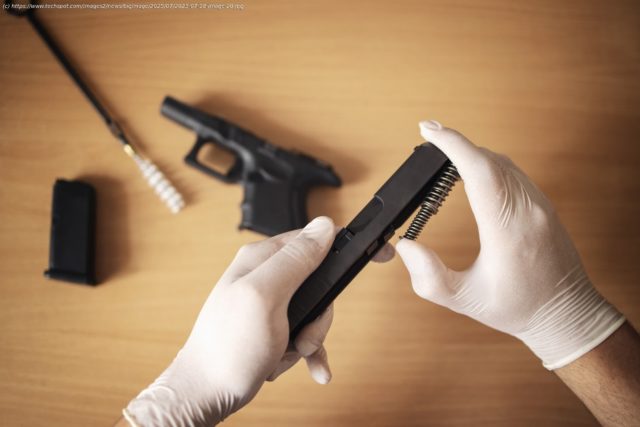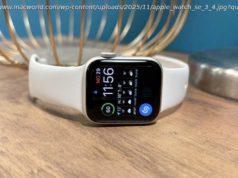Kirk Garrison, a forensics expert with the San Bernardino Sheriff’s Department, has spent years working at the intersection of digital blueprints, heated plastic filaments, and real-life criminal.
TL;DR: A small group of forensic researchers is challenging the belief that 3D-printed ghost guns – unserialized firearms built at home – are completely untraceable. Their work offers a glimmer of hope to investigators and lawmakers grappling with the growing threat of criminals using these weapons.
Kirk Garrison, a forensics expert with the San Bernardino Sheriff’s Department, has spent years working at the intersection of digital blueprints, heated plastic filaments, and real-life criminal cases. He recently told 404 Media that he has started finding ways to match 3D-printed objects to the specific machines that produced them.
“That’s when I was like, ‘We might need to know a little bit more about this now if we’re actually going to be seeing this stuff and potentially have to testify to it'”, Garrison said. “What I’m doing is in its infancy and it might be years before authorities can reliably match a gun to the machine that made it, if they can do it at all.”
The science is still young, and Garrison makes clear he speaks only for himself, not his department. His journey into 3D-printed forensics began in 2018, when he started seeing a wave of gun parts produced with consumer-grade printers. Most were 80 percent kits or conversion kits – small plastic components that enable standard firearms to fire automatically. The first time he worked a case involving a fully 3D-printed gun frame, he realized more specialized expertise would be necessary.
A pivotal moment came when Garrison, attending a conference in Atlanta, heard FBI lab technician Corey Scott describe seeing consistent toolmarks on objects printed with a 3D printer.






